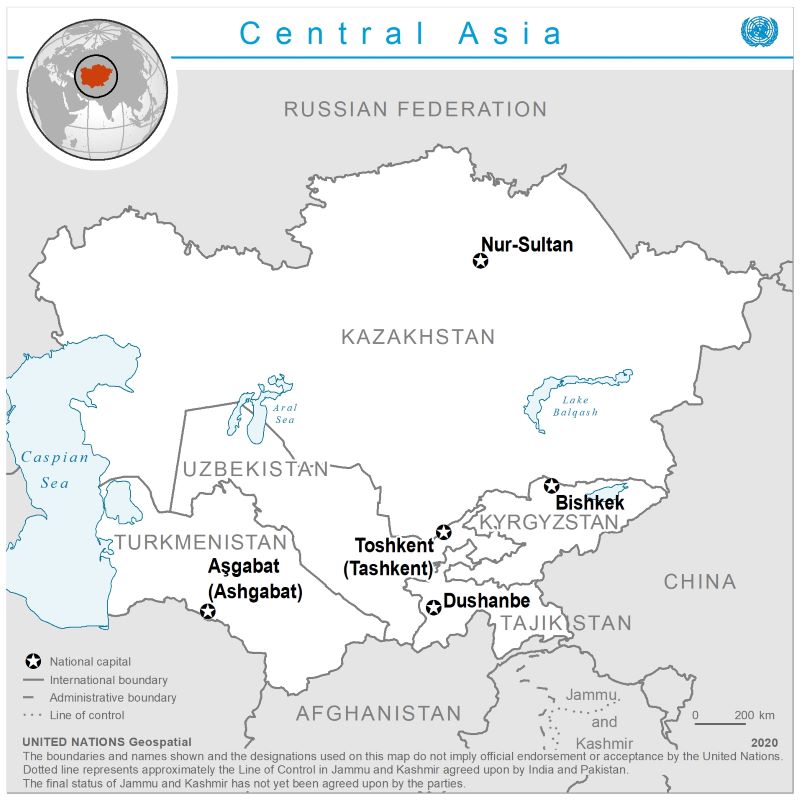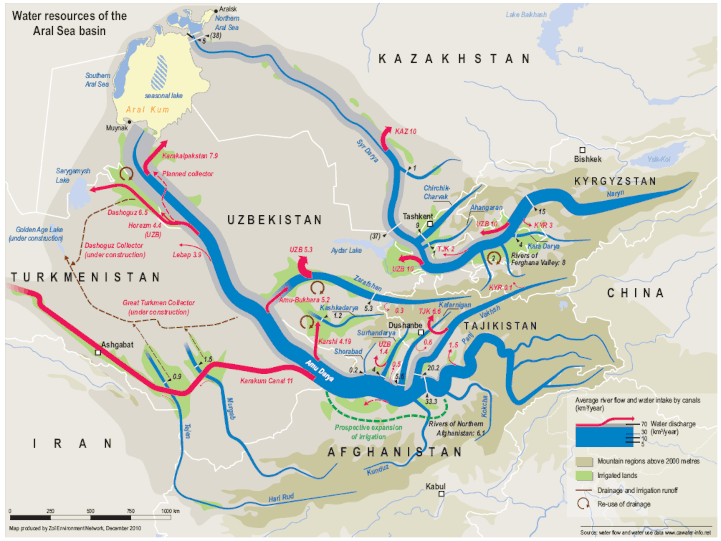Central Asia
Central Asia, a region encompassing Kazakhstan, Kyrgyzstan, Tajikistan, Turkmenistan, and Uzbekistan, is a culturally rich and diverse region that has undergone significant social and economic development in recent years. Each country has its unique history, language, and culture, yet they share many similarities, such as the legacy of the Silk Road. In terms of social development, progress has been made in areas such as education, healthcare, and gender equality, although there are still challenges to be addressed. In terms of economic development, the region has seen growth in industries such as oil and gas, mining, and agriculture, and there is potential for further development in areas such as tourism and technology.

Intra-regional cooperation in Central Asia
Intra-regional cooperation in Central Asia for sustainable development presents a unique opportunity to address shared challenges and capitalize on collective strengths through innovative and collaborative approaches. By fostering partnerships and joint solutions among Central Asian countries, innovation can play a pivotal role in overcoming barriers to sustainable development, including water scarcity, energy security, environmental degradation, and socio-economic disparities. Through the exchange of best practices, knowledge sharing, and joint research and development initiatives, regional cooperation can spur the development and adoption of innovative technologies, policies, and solutions tailored to the specific needs and contexts of Central Asian nations. By leveraging innovation and embracing joint solutions, Central Asian countries can unlock new pathways towards sustainable development, resilience, and prosperity for the entire region.
Cross-border SDG issues
Cross-border issues in Central Asia present significant challenges that transcend national boundaries, requiring collaborative and coordinated efforts among neighboring countries for effective resolution. Key issues include transboundary water management, border security, trade facilitation, environmental degradation, and regional stability. These challenges are exacerbated by historical tensions, competing interests, and limited institutional frameworks for cooperation. However, the interconnected nature of these issues necessitates joint solutions that prioritize dialogue, trust-building, and mutual understanding among Central Asian nations. Addressing cross-border issues in Central Asia is the key for achieving SDGs.
By working together, countries in the region can develop comprehensive strategies, mechanisms, and agreements to address cross-border challenges in a holistic and sustainable manner. Joint solutions not only foster regional integration and cooperation but also promote peace, stability, and shared prosperity in Central Asia. Overlapping vulerabilities in Central Asia produce vulnerabilities hotspots, which require special attention.
Trade
The Middle Corridor, linking China with markets in Western Europe via Central Asia, represents a transformative opportunity for the countries of the region, particularly in terms of infrastructure development). Enhanced transportation infrastructure along the Middle Corridor can significantly reduce transit times and costs, unlock trade potentials, and stimulate economic growth and development in landlocked Central Asian countries. Investments in roads, railways, dry ports, and logistics hubs not only improve connectivity between Asia and Europe but also foster regional integration and trade diversification. Furthermore, infrastructure development along the Middle Corridor can catalyze industrialization, attract foreign investment, and create employment opportunities, thus driving socio-economic advancement and reducing poverty in the region. Moreover, sustainable and resilient infrastructure along the Middle Corridor can enhance the region’s resilience to climate change and natural disasters, contributing to long-term development objectives. Infrastructure development along the Middle Corridor is crucial for unlocking the full potential of Central Asia and fostering inclusive and sustainable development across the region.
Water
The five main river basins in Central Asia are formed by the Amu Darya, Syr Darya, Balkhash-Alakol, Ob-Irtysh, and Ural rivers. Before a large part of the Aral Sea dried up, the Amu Darya and Syr Darya rivers used to flow into it. The rivers of the Balkhash-Alakol basin flow into Lake Balkhash, an inland sea in southeast Kazakhstan. The waters ofthe Ural basin flow into the Caspian Sea, while those of the Ob-Irtysh basin ultimately flow into the Arctic Ocean. Amu Darya and Syr Darya, by far the two largest rivers of Central Asia. These two rivers provide 90% of the region’s river water, cover 37% of the land area of Central Asia, including most of Kyrgyzstan, Tajikistan and Uzbekistan, as well as large parts of Turkmenistan and Kazakhstan. Some parts of northern Afghanistan are also within the Amu Darya basin. Amu Darya and Syr Darya basins are home to nearly 80% of Central Asia’s population.
 Source: CA Water Info
Source: CA Water Info